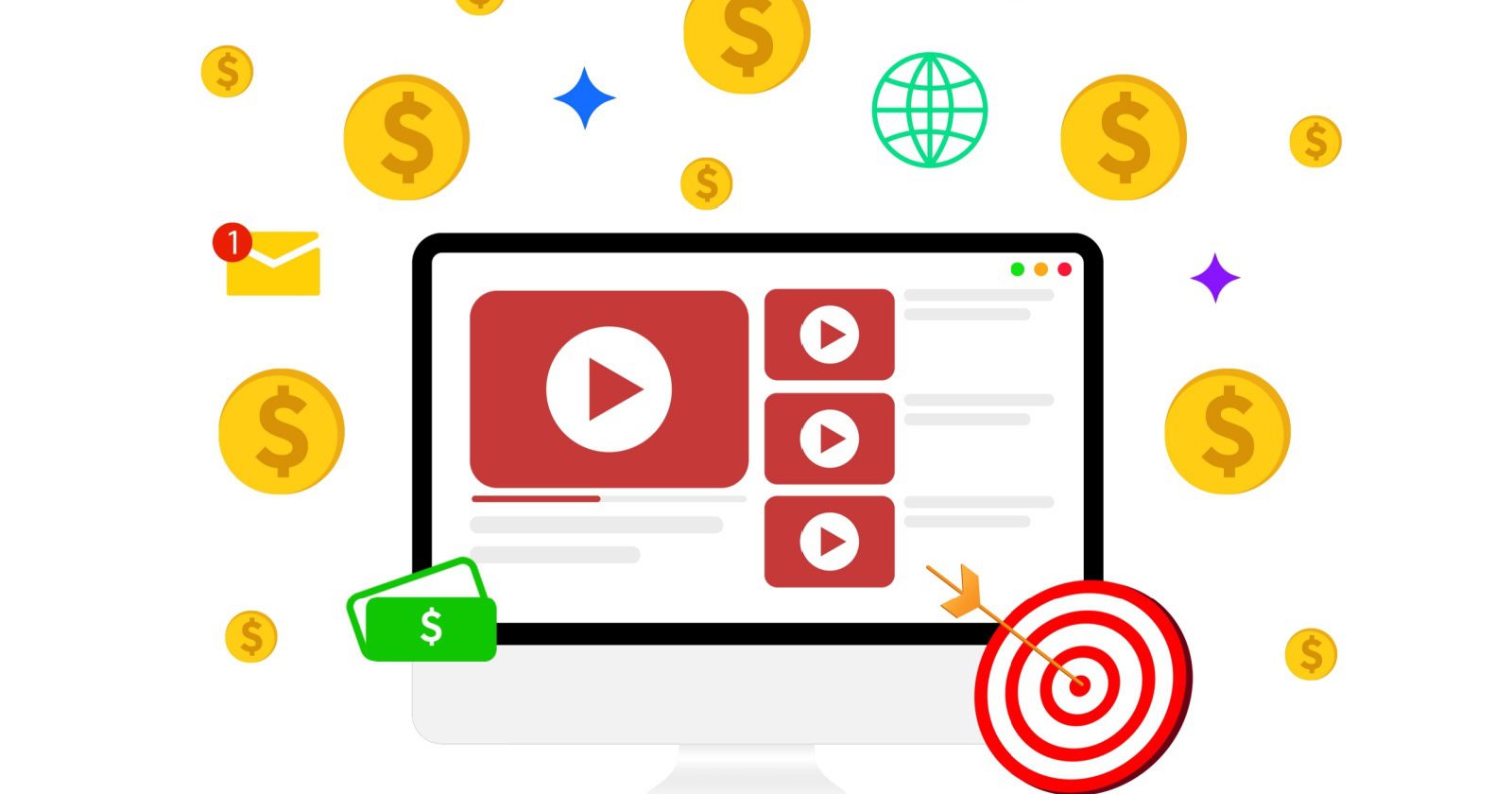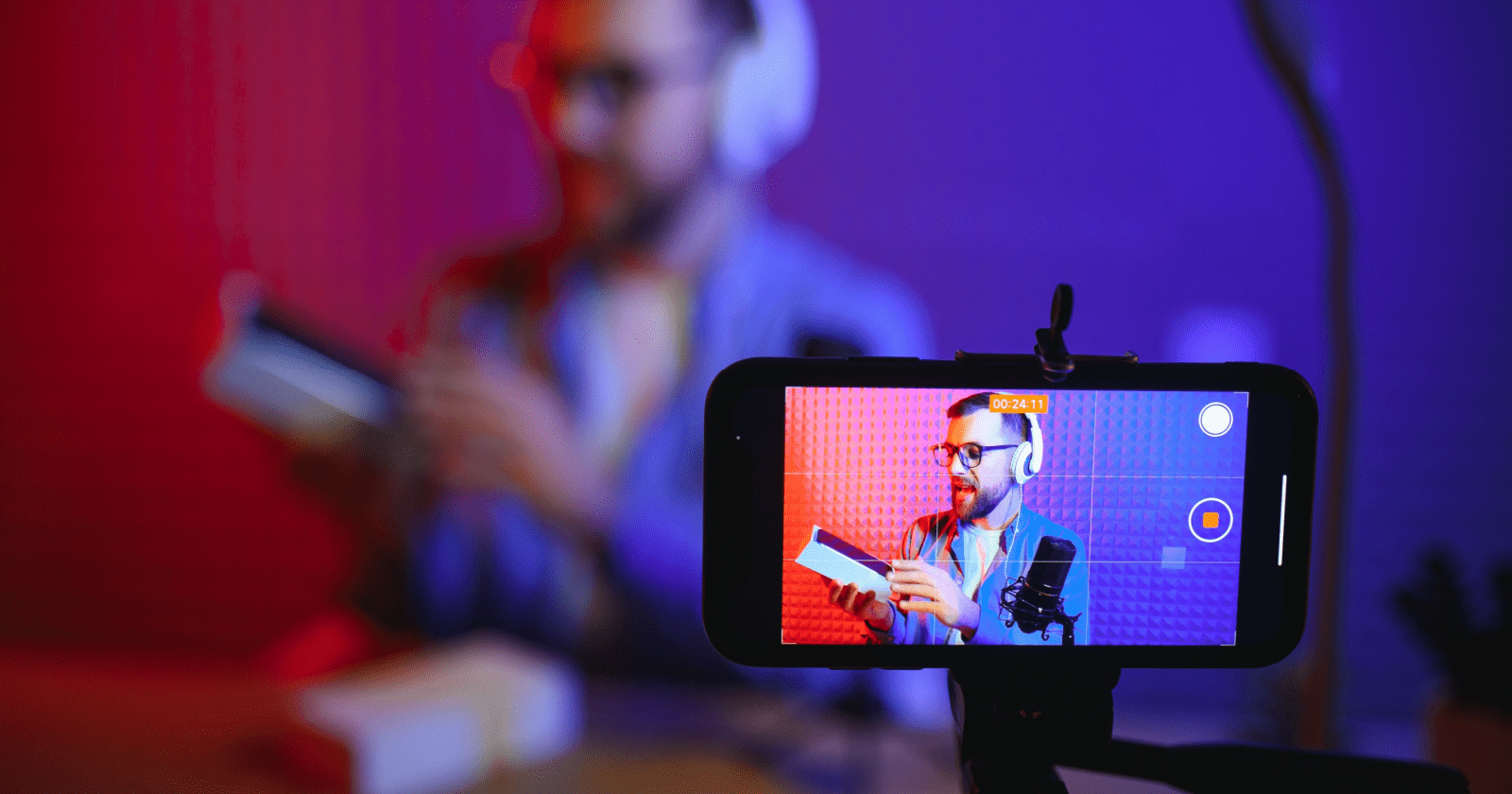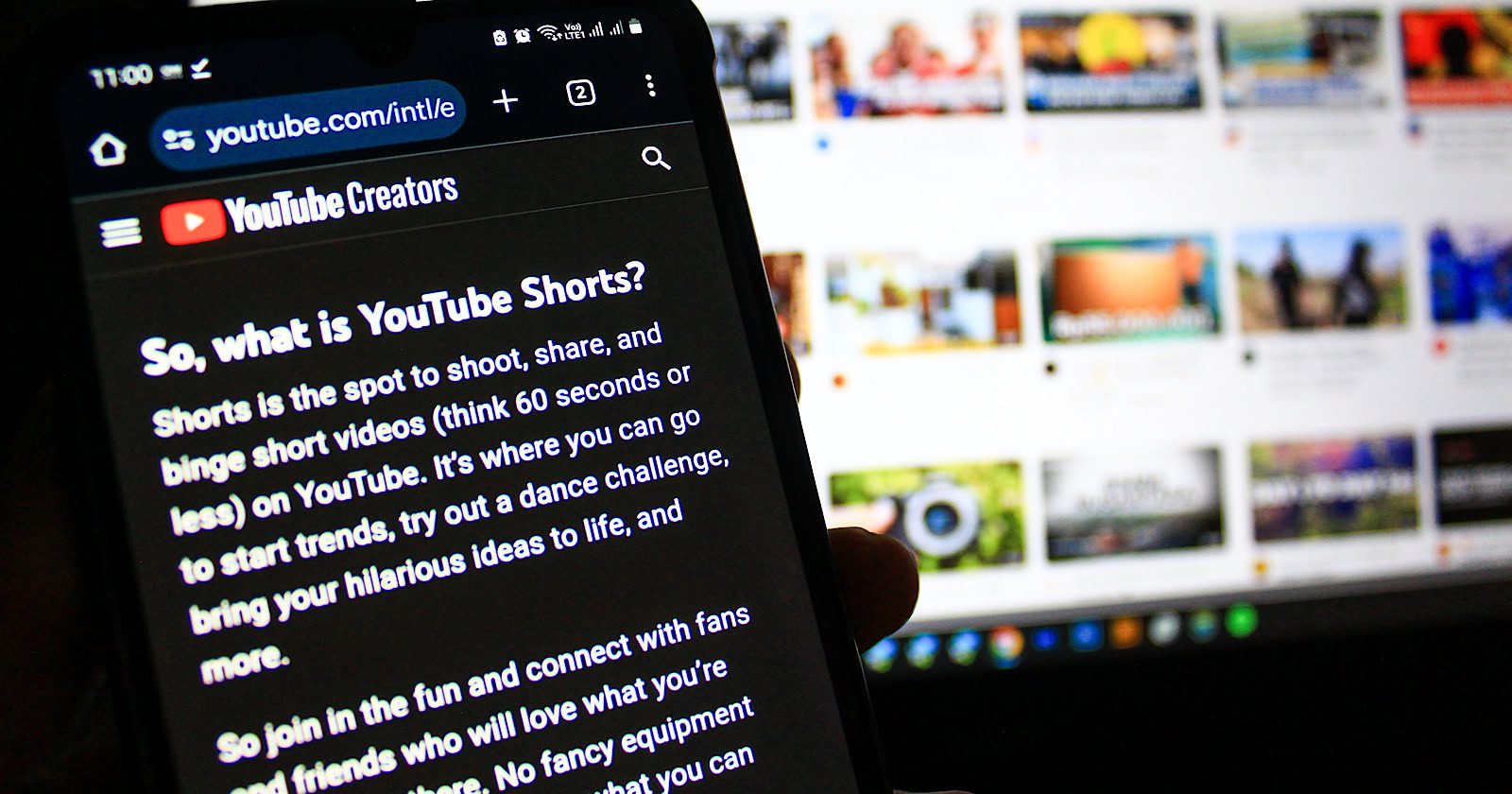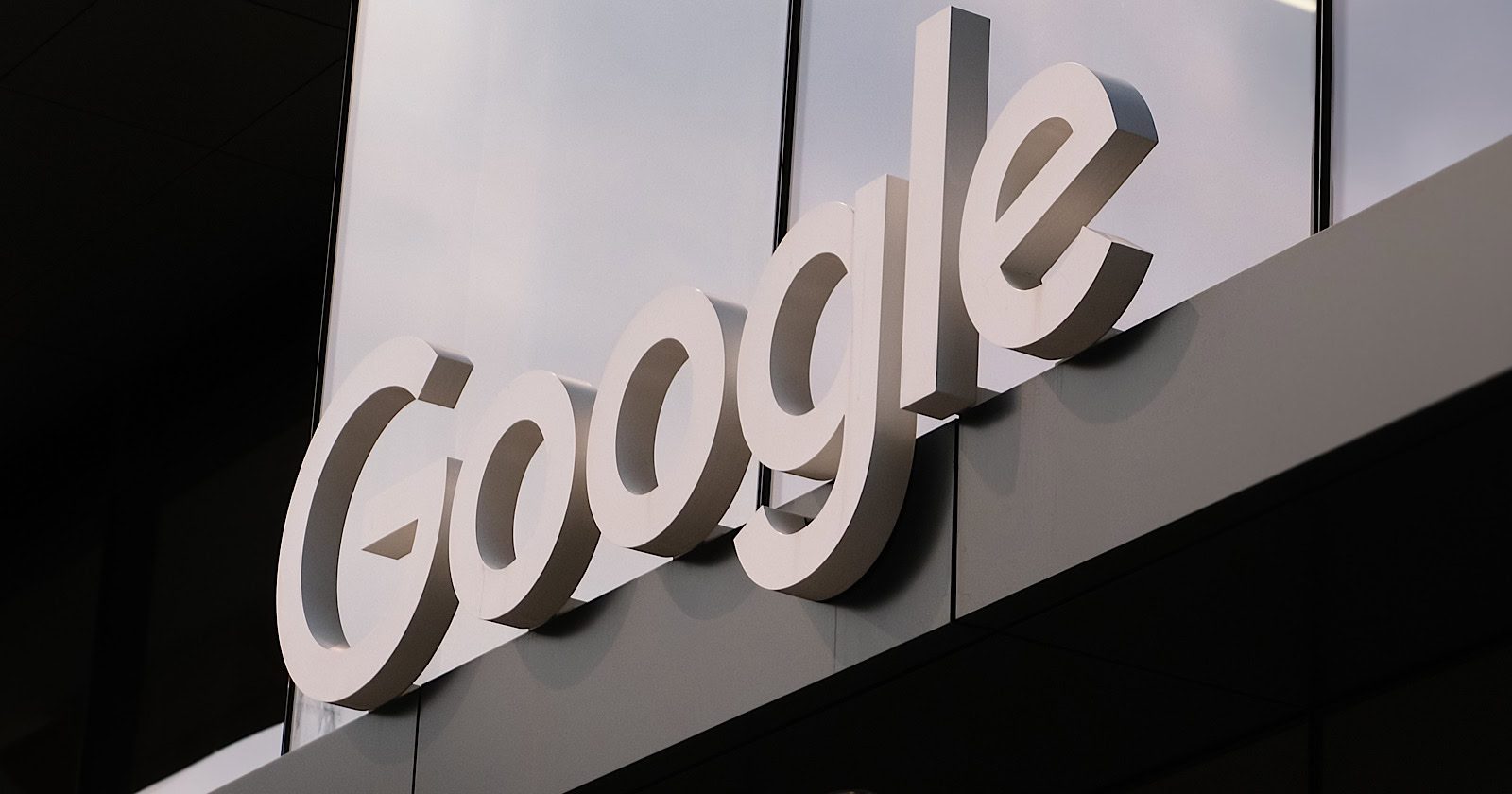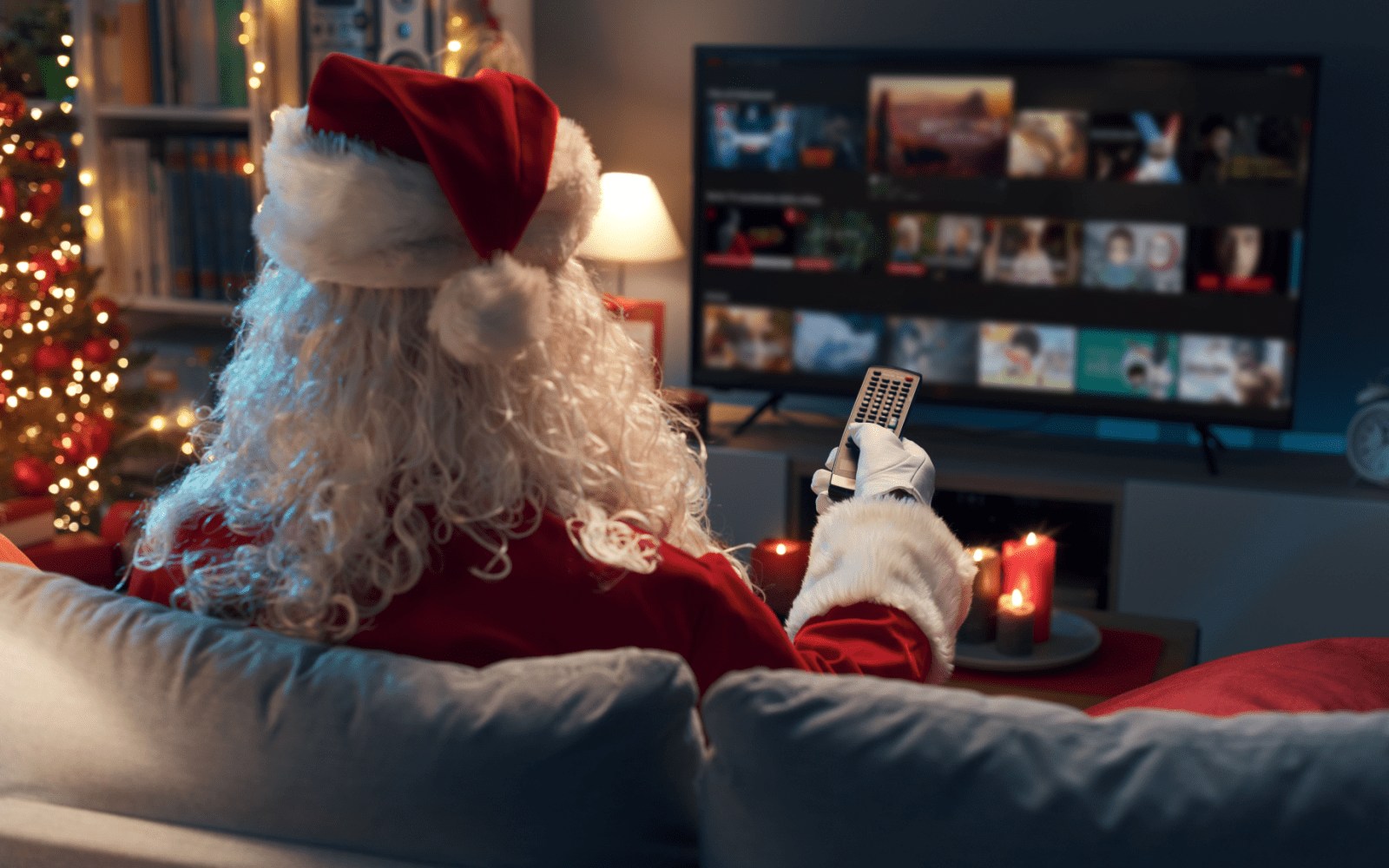‘Where Love Lives’: The John Lewis Christmas Winning Formula Returns via @sejournal, @gregjarboe

It’s that time of year again. The John Lewis Christmas ad has dropped – a little earlier than usual – and with it, the annual debate over whether the retailer has rekindled its emotional magic or lost its festive sparkle.
This year’s ad, “Where Love Lives,” created by Saatchi & Saatchi, tells the story of a father and son whose relationship is rekindled through a simple, meaningful gift – a vinyl record. The moment the dad unwraps it, he’s transported back to his clubbing days in the 1990s, set to Alison Limerick’s iconic house anthem of the same name.
There’s no dialogue, just emotion – nostalgia, warmth, and connection – all packaged in a way that’s unmistakably John Lewis.
Back To Where It All Began
For years, John Lewis ads have set the gold standard in emotional storytelling, creating a seasonal benchmark that brands across the UK and beyond have tried to match.
In a previous article, I explored how the retailer’s genius lies not just in storytelling but in memory-triggering. From “The Long Wait” (2011) to “Monty the Penguin” (2014), John Lewis used familiar emotional cues – childhood wonder, family connection, bittersweet reflection – to make consumers feel first and think later.
The challenge has always been to keep that emotional formula fresh. In 2018 and 2019, John Lewis pushed the boundaries with Elton John’s “The Boy” and the “Piano and Excitable Edgar,” both of which leaned heavily on music and spectacle. In 2019, the dragon-themed fantasy succeeded because it balanced creativity with clear product storytelling – something many rivals failed to do.
But not every year was a hit. In their 2022 campaign, despite its heart-in-the-right-place message about foster care, I thought it missed the mark emotionally. It felt like cause marketing wearing a Christmas jumper – well-intentioned, but tonally off for the season.
This year’s campaign, “Where Love Lives,” seems to have learned from both extremes. It has the emotional depth of “The Long Wait” and “Monty the Penguin,” but with a more grounded, relatable story – a dad, a son, a record, and a shared moment.
When Nostalgia Meets Data
According to DAIVID, “Where Love Lives” is the most emotionally engaging John Lewis Christmas ad since 2016’s “Buster the Boxer.”
The numbers tell the story:
- 55.8% of viewers experienced intense positive emotions – 15% higher than the average ad.
- The ad was twice as likely to generate feelings of warmth (+124%), gratitude (+106%), and joy (+100%).
- Nostalgia levels ran 34% above the norm.
That combination of metrics would make even the most data-skeptical marketer take notice. And it shows how far emotional intelligence in advertising has evolved – not just as an art, but as a measurable science.
DAIVID’s AI testing blends facial coding, eye tracking, and survey data to predict emotional response and attention. That’s a long way from the gut reactions we marketers once relied on.
“John Lewis has long set the benchmark for emotional storytelling,” said Ian Forrester, DAIVID’s CEO. “‘Where Love Lives’ is a very worthy addition to their much-celebrated catalogue, generating the most intense positive reaction since 2016.”
Lessons From The Data: Emotion Still Wins
Emotion has always been the north star of John Lewis advertising. But as the retail landscape changes, so too must the way emotion is harnessed.
In 2023 and 2024, many Christmas ads across Europe pivoted toward humor, celebrity, or pure product focus – reflecting an era of economic anxiety where brands wanted to “cheer up” rather than “choke up” audiences. But “Where Love Lives” swims against that current.
By returning to the emotional simplicity of family connection and the shared nostalgia of music, John Lewis proves that emotion still drives engagement, even in uncertain times.
Marketers can draw several tactical insights here:
- Nostalgia is cyclical, not static. Each generation rediscovers its own past. The 1990s are now far enough away to evoke fondness, not fatigue – a lesson in timing for brands choosing which cultural eras to revisit.
- Emotional storytelling scales best when it’s universal. You don’t need talking penguins or dragons; you need a human truth. The father-son connection in “Where Love Lives” transcends demographics and markets.
- Music is memory’s accelerant. The soundtrack isn’t just a backdrop; it’s a strategic asset. Limerick’s “Where Love Lives” bridges generations – instantly recognizable to Gen X parents, fresh to Gen Z listeners.
The Imperfect But Important Metrics
Despite its emotional strength, DAIVID’s testing found a weak spot: behavioral intent. Viewers were slightly less likely to recommend the brand, buy a product, or share the video than average.
That’s not necessarily a failure – it’s a reminder that emotional engagement and behavioral conversion aren’t the same thing.
From a marketing strategy perspective, that disconnect underscores a truth I explored years ago: John Lewis’s ads have always prioritized brand equity over short-term sales. They aim to reinforce trust, warmth, and loyalty – qualities that pay off over time, even if they don’t show up immediately in Q4 revenue.
If anything, this year’s data suggests John Lewis is doubling down on brand-building during a cost-of-living crisis – a bold but smart move. Emotional resonance may not sell a sofa tomorrow, but it keeps the brand top of mind when consumers are ready to buy again.
AI Confirms What Our Hearts Already Knew
We’ve officially reached a fascinating moment: when AI agrees with human intuition about what moves people.
For years, ad testing relied on subjective panels or small samples. Now, with platforms like DAIVID analyzing millions of facial expressions and gaze patterns, marketers can quantify what “heartwarming” really means.
That’s a big shift for creative strategy. It allows advertisers to validate instinct-driven ideas – not replace them. AI didn’t write “Where Love Lives”; it just confirmed what good storytellers already knew: emotion works.
The bigger trend here is how AI-driven creative measurement is reshaping the advertising industry. From YouTube’s Brand Lift studies to Meta’s Creative Pro, every major platform is racing to connect emotional response with return on investment (ROI). John Lewis just happens to be providing the perfect annual case study.
Why It Still Works
Despite its slight dip in action metrics, “Where Love Lives” hits all the right nostalgic notes. It’s a story about reconnection, love, and shared memories – and it does so through a soundtrack that brings an entire generation back to the dance floor.
By trading in talking animals for emotional realism, John Lewis is doubling down on what made its early campaigns iconic: authentic human connection.
For a brand that has sometimes struggled to balance sentiment with sales, this year’s spot feels like a confident return to form – both emotionally and strategically.
Final Verdict
After a few uneven years, John Lewis has finally found its rhythm again – literally and emotionally.
“Where Love Lives” may not be the retailer’s most shareable ad, but it’s certainly its most heartfelt in years. It’s proof that when nostalgia meets genuine storytelling – and when AI validates what audiences feel in their hearts – that’s where love really lives.
More Resources:
Featured Image: KinoMasterskaya/Shutterstock

